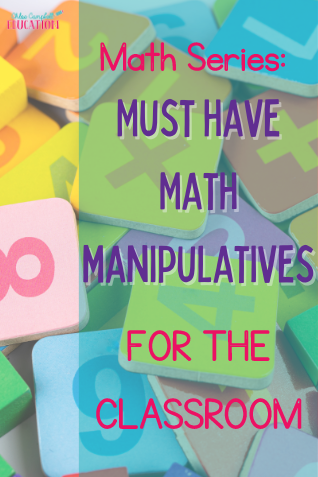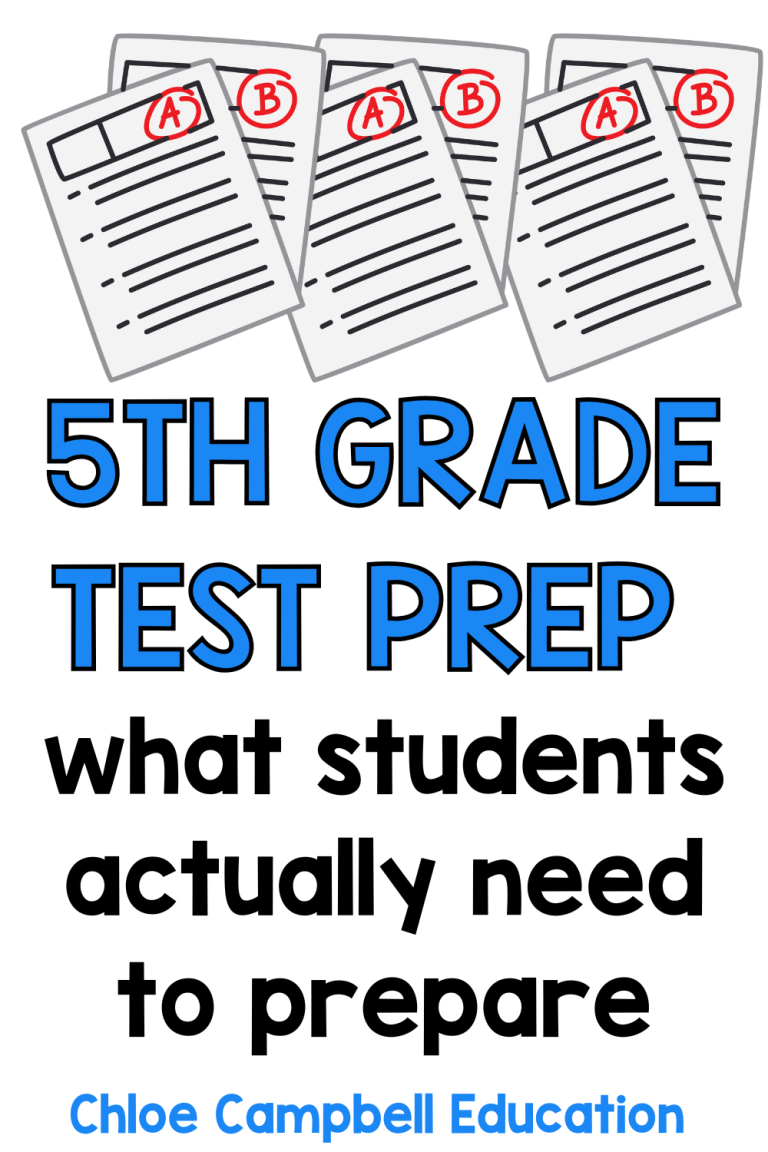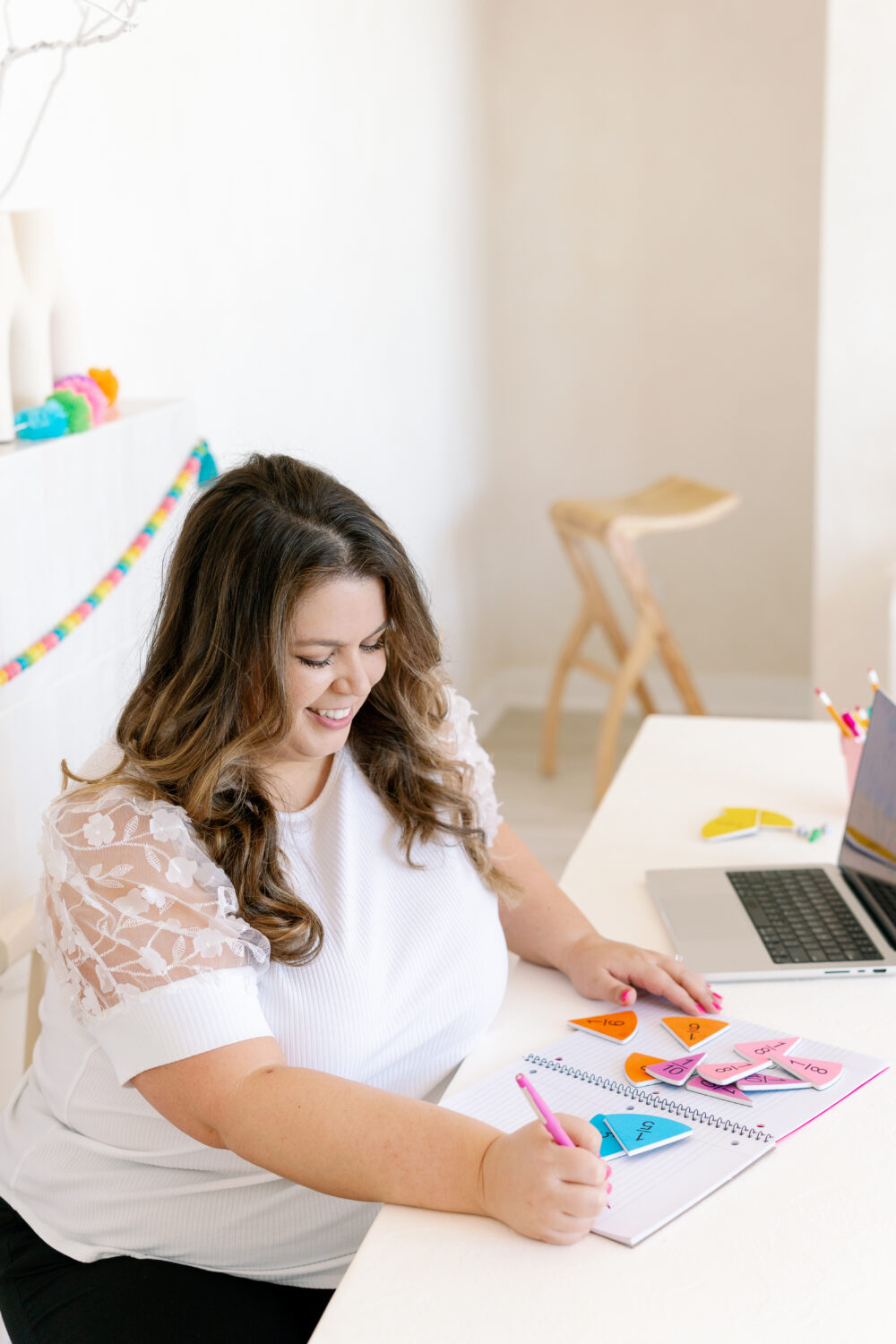8 Best Ways for How to Teach Multiplying Decimals
Teaching 5th graders how to multiply decimals can feel like a big task, but with the right strategies, it can be both fun and effective! The key is to make the concept clear and relatable while keeping students engaged with hands-on activities. Whether you’re a seasoned teacher or new to the classroom, these eight tips and tricks will help you master the art of teaching multiplying decimals.

1. How to Teach Multiplying Decimals: Start with Place Value
Understanding place value is crucial when multiplying decimals. Begin by revisiting place value columns to ensure your students grasp how the placement of the decimal point affects the value of decimal numbers. Use visual aids like number lines or place value charts to demonstrate how the decimal shifts to the right when multiplying by powers of ten. This foundational knowledge will make the concept of multiplying decimals much more intuitive.
2. How to Teach Multiplying Decimals: Use the Area Model for Conceptual Understanding
The area model is a fantastic way to help students visualize decimal multiplication. Draw a grid to represent the numbers being multiplied, and shade in sections to show the multiplication operation. For example, if you’re multiplying 0.4 by 0.6, your students can see that the product represents 4 tenths of 6 tenths, leading to a clear visual of 0.24. This method reinforces the importance of the number of spaces to the right of the decimal point in the final answer.

3. How to Teach Multiplying Decimals: Incorporate Games for Practice and Reinforcement
Learning through play is always a hit! Try out this Multiplying Decimals Game for a fun way to reinforce the multiplication of decimals. It’s perfect for math centers or small groups and helps students practice finding the correct answer while competing with their peers. The competitive element will keep them engaged and motivated to master decimal multiplication problems.
To play this game, students roll the dice and move that number of spaces on the game board. They solve the problem they land on, and their partner solves the same problem as a check method (and so that both kids are working on math). Alternatively, you can use a spinner instead of dice. This game is print-and-go ready for you, and includes directions and an answer key for ease of use.
4. How to Teach Multiplying Decimals: Use Real-Life Scenarios
Bring decimal multiplication into the real world by using real-life scenarios that involve money, measurements, or recipes. Ask your students to calculate the total cost of items at a store or determine the correct answer to a problem involving measurements in a recipe. This makes the concept of multiplying decimals more tangible and shows students how these skills are relevant to their everyday lives.
5. How to Teach Multiplying Decimals: Interactive Spin and Answer Activities
Spice up your math centers with this engaging Spin and Answer Activity. Students will spin to get a problem and then solve it using the standard algorithm or any other methods your kids might want to use, like number line, area model, place value break apart, and more! The game comes with 7 game boards which are differentiated for your students. This interactive approach adds a layer of excitement to the lesson and reinforces the correct placement of the decimal point in the final answer. It’s a great way to build confidence and accuracy.
6. How to Teach Multiplying Decimals: Play “Solve the Room” for Active Learning
Keep your students moving and thinking with a Solve the Room Activity. In this activity, students solve decimal multiplication problems that are posted around the room. This gets them out of their seats and actively engaging with the material. It’s an excellent way to combine physical activity with learning, making the multiplication of decimals both fun and memorable. This activity comes with an answer key for the teacher, as well as directions.
7. How to Teach Multiplying Decimals: Incorporate Technology for Extra Practice
There are numerous online platforms and apps that provide practice with multiplying decimals. Websites like Khan Academy or IXL offer interactive problems where students can receive immediate feedback. This is particularly helpful for reinforcing the number of digits after the decimal point in the final answer. Technology can be a great supplement to your instruction, allowing students to practice at their own pace and level.
8. How to Teach Multiplying Decimals: Differentiate with Leveled Problems
Not all students grasp decimal multiplication at the same pace, so it’s important to differentiate instruction. Use this Leveled Problems Resource to cater to different ability levels in your classroom. The problems are organized by difficulty, allowing you to challenge advanced learners while providing support to those who need it. This approach ensures that every student can achieve success, no matter where they are on their learning journey.
BONUS TIP! WHERE DO I PUT THE DECIMAL POINT IN MY ANSWER?
When tackling a decimal multiplication problem, it’s crucial to help students understand the significance of decimal movement. A simple way to teach this is by counting the total number of decimal places in the given numbers before multiplying. After performing the multiplication of whole numbers, guide your students to place the decimal point in the correct position by ensuring that the final answer has the same total number of decimal places.
Emphasize that this step is key to getting the right answer. Practicing this consistently will help students build confidence in their ability to solve decimal multiplication problems accurately, reinforcing correct decimal placement every time.
With these tips, you’ll be well on your way to helping your students master multiplying decimals. Remember, the goal is to make learning enjoyable and accessible. By using a mix of visual models, interactive activities, and real-world applications, you can ensure that every student feels confident in their ability to multiply decimals. I hope this blog post has helped you feel more confident about how to teach multiplying decimals!
Want to grab all four of the resources linked in this blog post? Click the picture below to add them to your toolbox!
Want to save this blog post for later? Click the photo below to save it to Pinterest!











